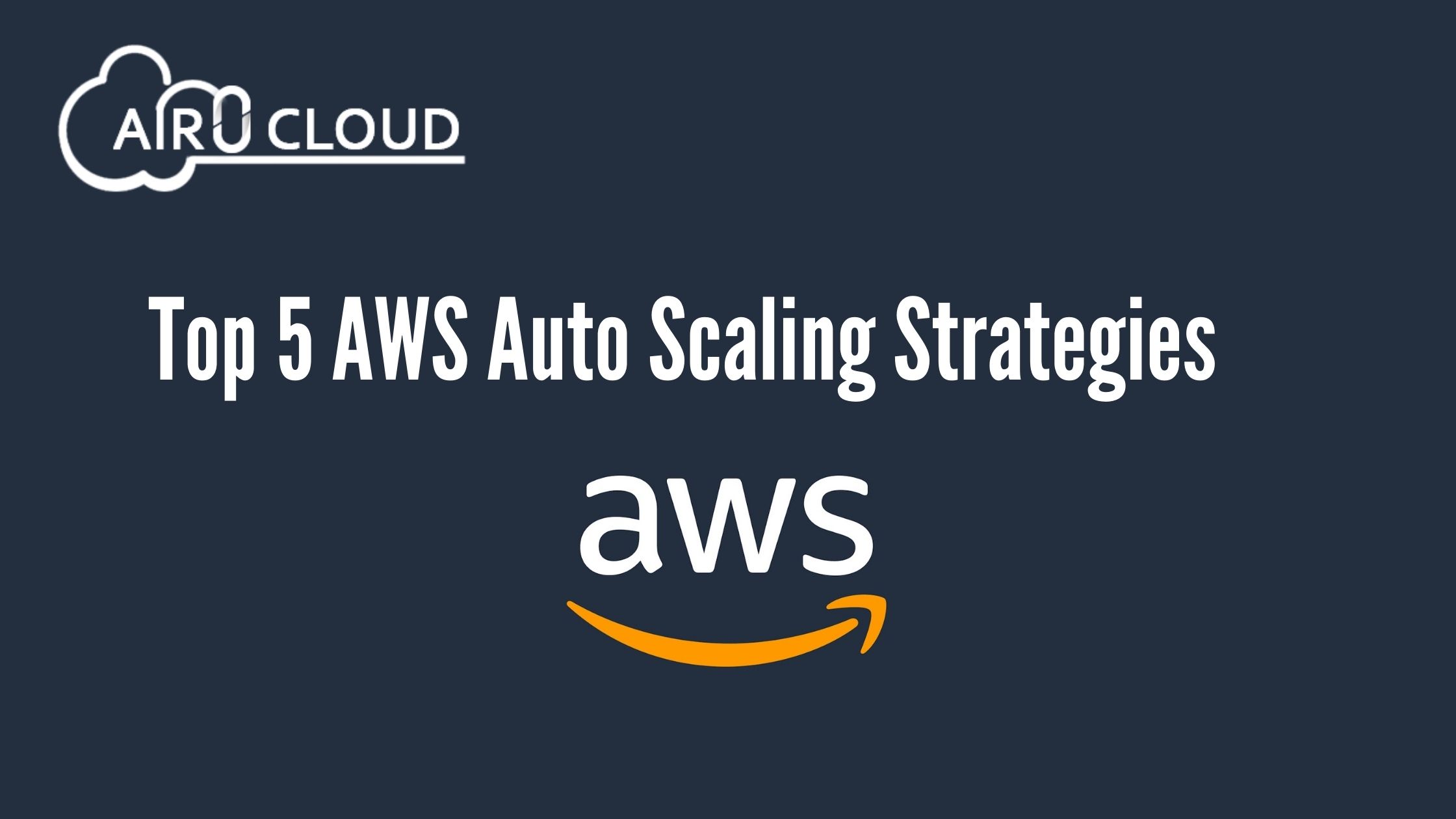
How does AWS Auto Scaling ensures you always have enough instances?
AWS autoscaling uses automation to instantly scale materials to fit demand and server load. By accessing AWS Auto Scaling’s tools, you can be very confident that you’ll always have enough instances to get the application load, no matter how better the traffic may spike. And, not only does it execute capacity to make a constant performance, it does so for a small price.
If AWS Auto Scaling sounds like a perfect option for controlling the money and automating resources, it is. But if you’re new to the option you should work with an experienced AWS person. They can tell your so many auto-scaling options, and build and implement an auto-scaling plan for your business’s requirements
AWS Auto Scaling offers multiple features and advantages:
- AWS Auto Scaling gives a single user interface.
- The auto-scaling adds computing power to handle the rising application load.
- Auto-scaling works for EC2 instances.
- Resource scaling is configured and monitored according to your specific scaling plan.
- Custom scaling plans are predictive and can help you with load forecasting
- An AWS consultant can help you customize your auto-scaling plan.
How do AWS autoscaling options meet the requirements perfectly?
Not all AWS Auto Scaling options are created the same, and it’s very important to carefully suggest the plan you go with. Perpetuate Existing Instance Levels Indefinitely The first auto-scaling plan is easy to configure the auto-scaling to maintain a set number of instances. Amazon EC2 auto-scaling routinely scans things to determine their works. If it detects the worst instance, it will end it and start a replacement one. This gives you a predefined number of instances, running at all times.
- Try to implement Manual Scaling
You can be able to go back to manual scaling, which is the first way of scaling materials. Amazon EC2 Auto Scaling can monitor instance creation and termination to upkeep a constant capacity, which is a value you’ve required. This makes you maintain the maximum and minimum capacity of your options for your auto-scaling team.
- Scale in Accordance with a Schedule
Scaling programs can be set to activate automatically at a certain time and time. This is really helpful in situations where you can clearly forecast demand. What’s different about this plan is that following a schedule tells the number of available resources at a given period in advance rather than using automation to make appropriate mounts from time to time.
- Scale Along with Demand
While AWS Auto Scaling can perform all of the more traditional scaling methods mentioned in strategies one through three, scaling along with the demand is where AWS’s special capabilities start to shine. The ability to shift seamlessly between the more old strategies and those discussed in numbers four and five is another nice feature of AWS Auto Scaling in and of itself.
Demand-based scaling is more responsive to fluctuating traffic and helps accommodate traffic spikes you cannot actually tell. That makes it a better all-around, “cover all your bases” all your needs. And it has various settings, too.
- Use Predictive Scaling:
At least you can always merge AWS Auto Scaling with Amazon EC2 Auto Scaling to scale resources throughout many apps with predictive scaling. This includes three sub-options: - Load Forecasting:
This method analyzes history for up to 14 days to forecast what demand for the coming two days. Updated every day, the data is created to reflect one-hour intervals. - Maximum Capacity Behavior:
Designate a minimum and maximum capacity value for all materials, and AWS Auto Scaling will keep each resource within that range. This gives AWS some flexibility within set parameters. And, you can control if the apps can add more resources when needs imply forecasted to be above maximum capacity.
When to use AWS Auto Scaling strategies?
There is a fixed time for using these multiple auto-scaling strategies. Basically, they boil down to whether you’re using dynamic scaling. While predictive scaling always predicts future traffic based on past trends, dynamic scaling uses a logical algorithm for automated resource provisioning. If you’re trying to decide which to use or when to start by use metrics to determine traffic and usage patterns. First, determine the stability of usage patterns, as well as the frequency of traffic spikes. Then define what you actually needed.
- Dynamic scaling: It is the most practical solution in the majority of situations where web traffic varies somewhat evenly over time. But it may not be able to respond quickly to sharp spikes unless your AWS setup is configured for perfect scaling thresholds.
- Predictive scaling: It should be used when you know to expect an elevated level of usage.
If your apps experience traffic fluctuations on a routine basis, make sure you always have instances to support them using AWS Auto Scaling. Not only does it give the materials you need when you need them most, but it does so for the small cost available.
If you have any doubts about this subject or have to get services and the best Auto Scaling EC2 services. Feel free to contact us. AIR ZERO CLOUD will be your digital partner. Email id: [email protected]

Author - Johnson Augustine
Cloud Architect, Ethical hacker
Founder: Airo Global Software Inc
LinkedIn Profile: www.linkedin.com/in/johnsontaugustine/
